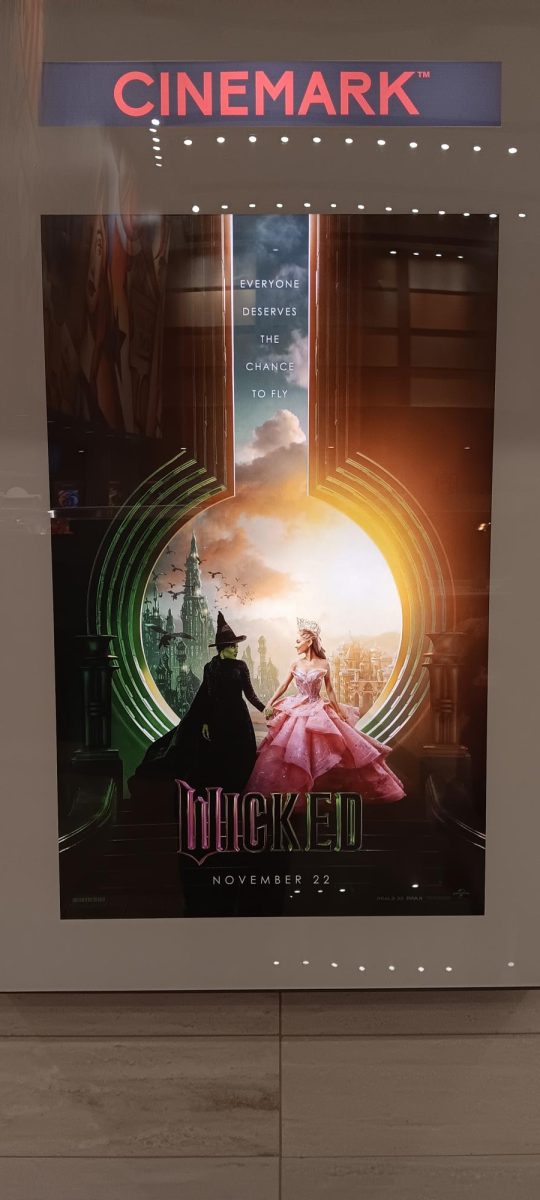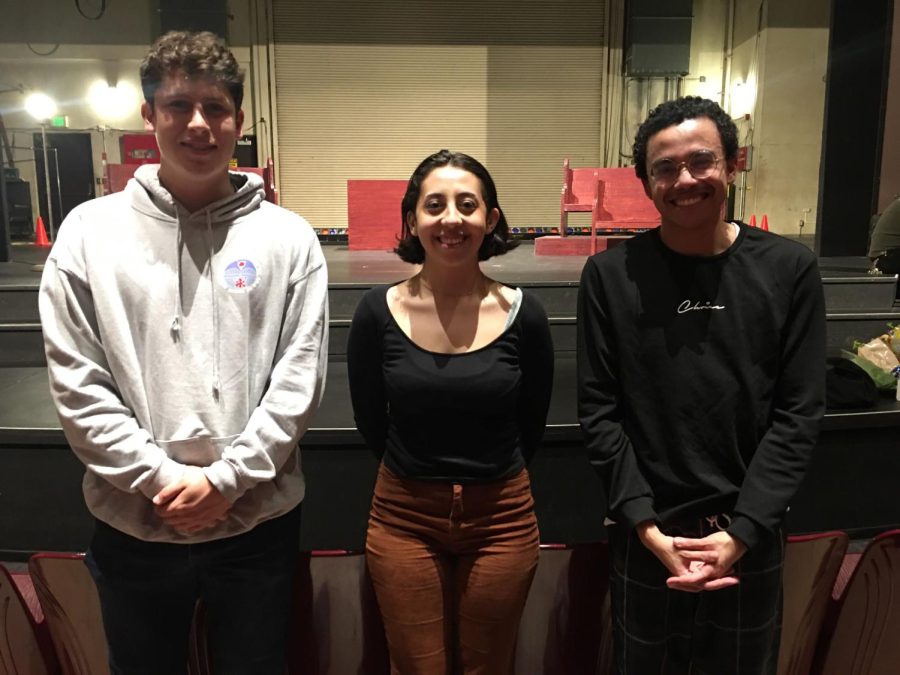French-Canadian director Denis Villeneuve’s new thriller, “Sicario,” opens with a rescue attempt led by FBI agent Kate Macer (played by Emily Blunt).
She abruptly arrives in fashion — by crashing an armored truck through the front door — and swiftly dodges a shotgun blast. As the pellets speed past her head, a hole is left behind her, revealing a pair of cadavers hidden in the drywall — one pair out of dozens.
Bodies, countless bodies, of dead hostages wrapped in plastic fill the walls of a home in suburban America.
It’s an ugly picture that Villeneuve and the now-twelve-time-Academy-Award-nominated cinematographer Roger Deakins make sure you never forget with mesmerizingly haunting cinematography that safely guarantees Deakins’ thirteenth nomination within the first five minutes.
And that’s just the opening scene; we’re not even in Juarez yet. Just like the violent backdrops it’s set in, “Sicario” isn’t for the squeamish.
It’s full of all kinds of brutal imagery — dismembered hands or severely maimed bodies hanging from an overpass, you name it. They’re all wonderfully shot but brutal nonetheless.
But this isn’t just another violent movie. Like all of Villeneuve’s movies, “Sicario’s” a tautly directed thriller with political acuity and grim, but alluring, detail you can’t avert your eyes from.
After the opening sequence, Kate is recruited into a task force led by an obscure leading agent named Matt (Josh Brolin) who’s background remains unknown. His right-hand muscle, Alejandro (Benicio Del Toro), also a cryptic figure, joins the operation to capture a high value target drug trafficker to the U.S. for interrogation.
Said operation includes a sequence featuring the team’s convoy of Chevy Tahoes and an escort of state police speeding through the murderous streets just south of the Mexican-American border — and it’s the epitome of developing tension.
You think being stuck in rush hour traffic’s bad enough? Try smuggling an HVT through congested checkpoints filled with hidden gunmen in the sedan three lanes to your right.
It’s a riveting scene with impressive visuals and tight directing to match. Slap Jóhann Jóhannsson‘s brooding and intentionally heavy-handed score as a cherry on top and the tension multiplies erratically. The music’s incredibly tragic and equally terrifying with bass that resonates like a hellhound sluggishly emerging from the earth of the Chihuahuan Desert.
Sadly, after breezing through the first act in impeccable fashion, the pacing slows down quite a bit once we get back to the States. We crave the adrenaline rush induced so masterfully in the first half, and it’s not until the final act do we get it.
On top of that, as tight as Taylor Sheridan’s script is, it doesn’t provide enough narrative or character development to push us through. And yes, the latter is purely intentional. The background of Matt and Alejandro are purposely left in the dark.
We don’t know much about them besides Matt’s seemingly carefree attitude (and dresscode) and Alejandro’s perplexing and intimidating semblance. They’re very obscure characters, and the fact that their loyalty remains unclear makes “Sicario” much more thrilling than it already is. Who are they? Which side are they on?
Then there’s Kate, effectively serving as our surrogate who’s brazenly thrown into chaos she’s never even skimmed before.
They all give career-best performances in these roles, especially Del Toro’s magnetic Alejandro — we’ll be seeing him again by the time this Oscar season comes to a close.
But what’s troubling to me is that this story doesn’t clearly belong to any of them. Kate’s journey as she goes deeper into the belly of the beast viscerally builds up but never gets the payoff we expect.
Instead, the film abruptly flips perspective and shows that there’s a significant reason why it’s called “Sicario” — which is an arcane term for hitman. It’s a welcome surprise that twists the narrative and convinces us that we’ve been focusing on the wrong person for the last 90 minutes.
There’s a shot toward the end of its final act where Deakins uses the golden colors of the sunset in the upper half of his magic hour backdrop to beautifully contrast with the pitch black of the characters’ silhouettes, as they slowly descend into the darkness lurking in the bottom of the frame.
Akin to Jóhannsson’s hypnotizing score, this single shot embodies the essence of “Sicario” itself.
It’s not heroic.
It’s a grim, dark array into the American response to violence over the border with more violence. It’s a look into the struggle for order and control — instead of peace and justice — amidst uncontrollable chaos. All of this shot and scored with elegance that’s easily unmatched.
It’s unbearably agonizing and tragic to watch, but the visuals are so stunning, the music so haunting and the performances so raw, that “Sicario” is currently, and undoubtedly, the best film of 2015.







